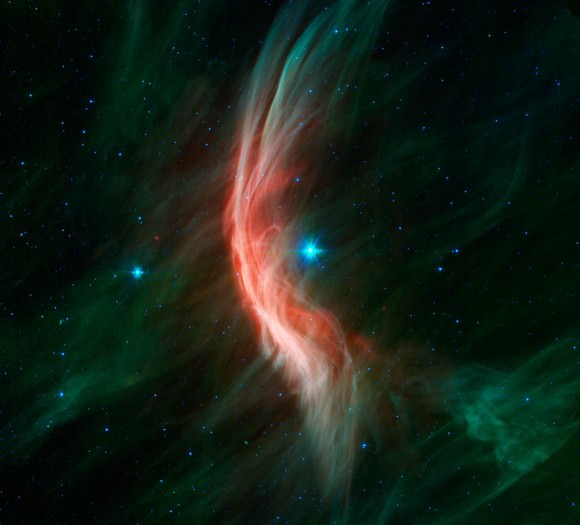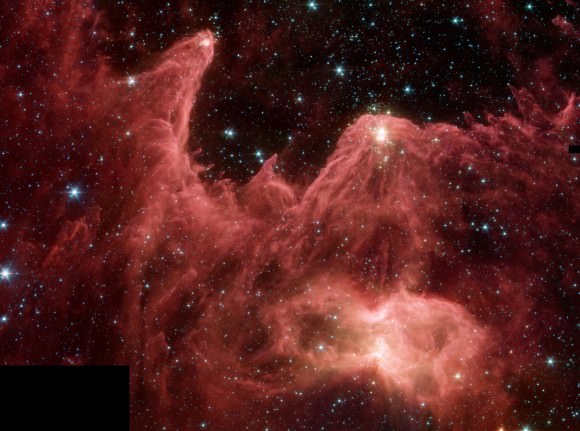After NASA recommended in May that Spitzer space telescope officials send in a revised budget or face possible termination of operations, in a turnaround, the agency’s science mission directorate has now agreed to extend the mission for another two years.
The news broke on Twitter yesterday when the NASA Spitzer account shared the news. An update posted on its website said the decision is “subject to the availability of Congressional appropriations in FY [fiscal year] 2015”, but added that there will soon be a call out for observing time in that period.
Previously, NASA informed Spitzer officials that due to “constrained budget conditions” that their initial request to extend operations past fiscal 2015 was not approved, in line with recommendations from the NASA senior astrophysics review. While the mission was not terminated at that time, officials were asked to “respond with a request for a budget augmentation to conduct continued operations with reduced operations costs.”
The mission was being reviewed at the same time as other astrophysics missions, such as the Kepler planet-hunting space telescope that was asking for (and received) a new mission that would allow it to do useful science despite two busted reaction wheels, or pointing devices. The review said Spitzer was the most expensive of the missions reviewed, and that the telescope’s abilities were “significantly reduced” after it ran out of coolant in 2009.

In an update on the Spitzer website, officials shared more details but did not say if the budget had been reformulated in response to NASA’s suggestion.
We are very happy to report that Spitzer operations have been extended by the NASA Science Mission Directorate for two more years! The letter of direction states: “The Science Mission Directorate has made the decision to extend Spitzer operations for the next two years. The Spitzer observatory is an important resource for on-going infrared observations for research programs across the Science Mission Directorate, and, subject to the availability of Congressional appropriations in FY 2015, it will be continued. Both the Astrophysics and the Planetary Science Divisions have requested observing time commitments for FY 2015, and both Divisions have committed funding to support their observations.” We are working hard to get a call for observing proposals issued by the end of July. And thank you to all the people at NASA Headquarters and in the community that have worked so hard to support science with Spitzer.
In recent months, some of Spitzer’s work has included searching for targets for NASA’s asteroid mission, helping to find the coldest brown dwarf ever discovered, and assisting in challenging views about star cluster formation.



